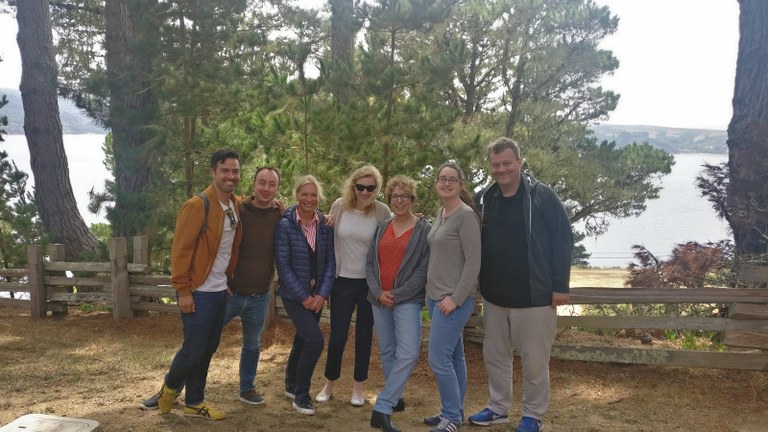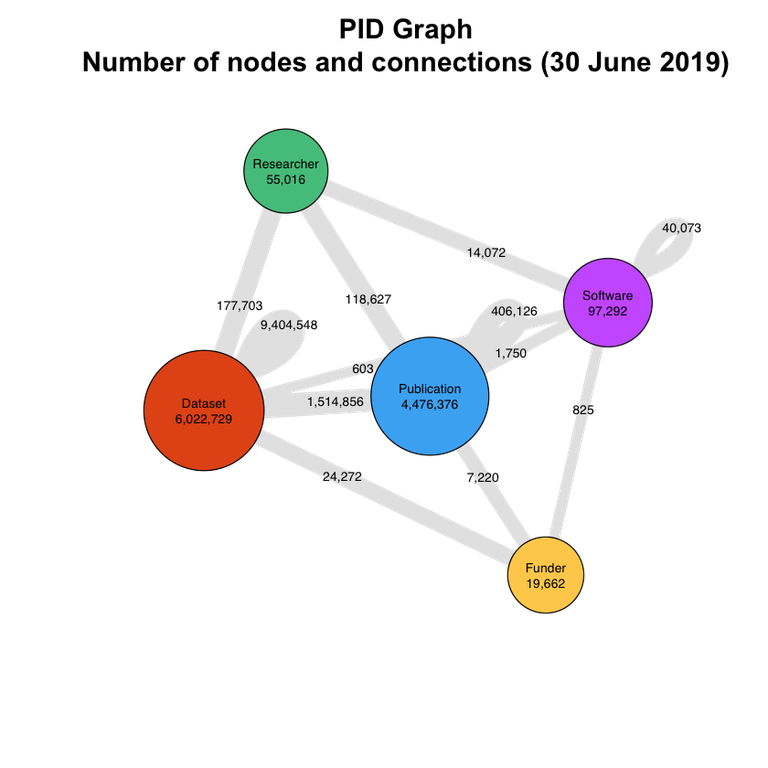Meet the FREYA partners: DataCite
Many different organizations are involved in FREYA and in this blog post series we take a closer look at the partners and their work. This time you can read about DataCite, a leading global non-profit organisation that provides persistent identifiers (DOIs) for research data.
What is the mission of your organisation?
DataCite is a leading global non-profit organisation that provides persistent identifiers (DOIs) for research data and other research outputs. Through our portfolio of services, we provide the means to create, find, cite, connect, and use research. We seek to create value and develop community-driven, innovative, open, integrated, useable, and sustainable services for research. Organisations within the research community join DataCite as members to be able to assign DOIs to all their research outputs. This way, their outputs become discoverable and associated metadata is made available to the community. DataCite then develops additional services to improve the DOI management experience, making it easier for our members to connect and share their DOIs with the broader research ecosystem and to assess the use of their DOIs within that ecosystem.
DataCite is an active participant in the research community and promotes research sharing and data citation through community-building efforts and outreach activities. DataCite is officially located in Hannover, Germany, but we are a distributed organisation with 9 staff members from 6 different countries who all work remotely.

Why are PIDs important for your organisation?
DataCite is an infrastructure provider for PIDs so PIDs are at the core of everything we do. When DataCite started the focus -as the name implies- was mainly on PIDs for research data, but over the years we’re expanding to other kinds of research outputs such as software, workflows, images as well as different kinds of grey literature such as theses. We are very excited that project FREYA gives us the chance to expand our PID activities further and work on these in the context of the European Open Science Cloud.
What do you do in FREYA?
DataCite is the work package lead for the PID Core Services work package. Since this work package is primarily about laying the groundwork for fundamental underlying services, it fits well with DataCite’s role as an infrastructure provider for PIDs. Over the course of the project, this work package has also been focusing on the PID Graph initiative that spans multiple work packages. DataCite has accordingly been working on our implementation of the PID Graph, developing a GraphQL API to expose the PID connections within DataCite metadata, as well as developing a set of demonstrator Jupyter notebooks that others can use to explore the possibilities of the PID Graph.

What would your perfect (PID) world look like?
For DataCite, the perfect PID world is a connected world, where all researchers and their outputs, whatever those outputs may be, are linked together in a navigable network of research. This network would be tailored for machines so that researchers could enjoy seamless automated services throughout the lifecycle of their research projects without needing to peek under the hood.
More information
You can find more information about DataCite on our website (www.datacite.org), where you can also provide feedback on our product roadmap (https://datacite.org/roadmap.html). You can read more about recent developments on our blog (blog.datacite.org), where you’ll find many blog posts related to our work in project FREYA (https://doi.org/10.5438/jwvf-8a66, https://doi.org/10.5438/qab1-n315, https://doi.org/10.5438/hwaw-xe52, https://doi.org/10.5438/bv9z-dc66)
You can follow us on Twitter (@datacite) and we’d love to hear from you on the PIDforum!
References
Fenner, M. (2019). The DataCite GraphQL API is now open for (pre-release) business (Version 1.0). https://doi.org/10.5438/QAB1-N315
Fenner, M. (2019, July 1). Tracking the Growth of the PID Graph. https://doi.org/10.5438/BV9Z-DC66
Fenner, M. (2019). Using Jupyter Notebooks with GraphQL and the PID Graph (Version 1.0). https://doi.org/10.5438/HWAW-XE52
Fenner, M., & Aryani, A. (2019). Introducing the PID Graph (Version 1.0). https://doi.org/10.5438/JWVF-8A66